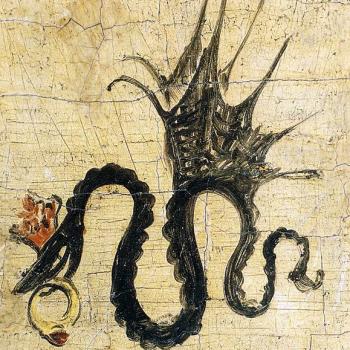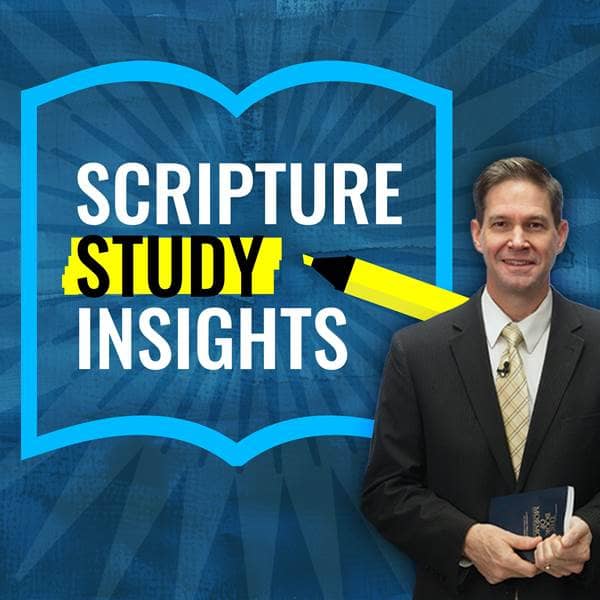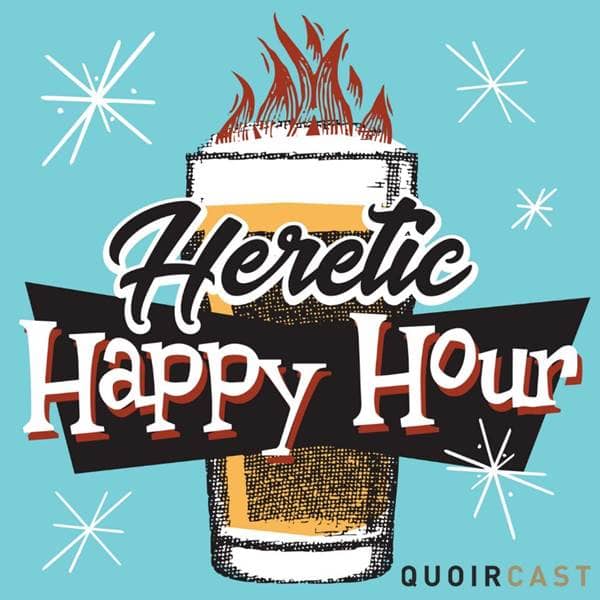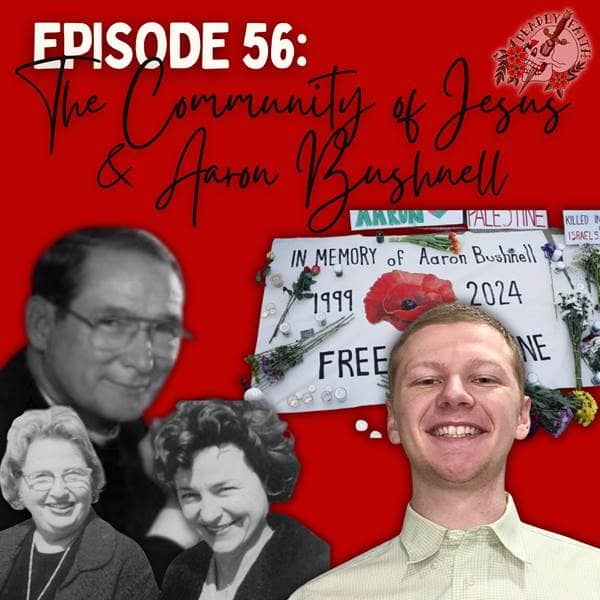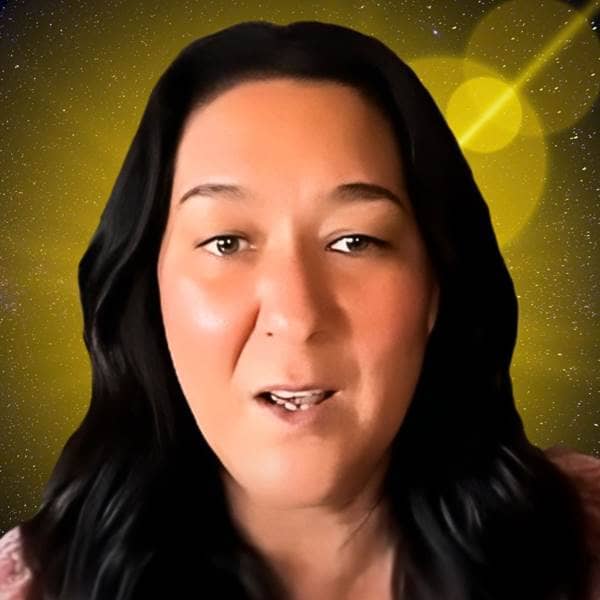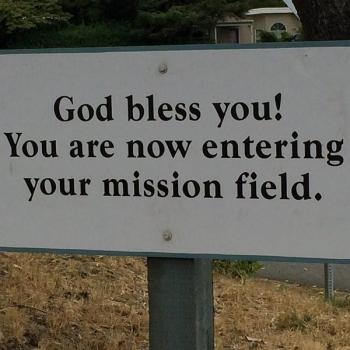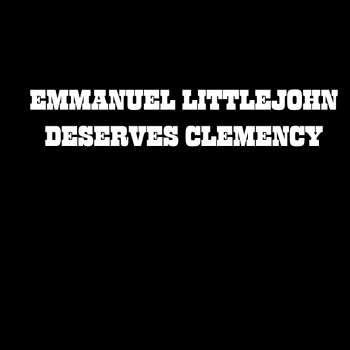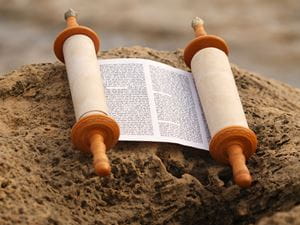
Like its sister Abrahamic religions—Christianity and Islam—Judaism has multiple denominations, representative of the reality that various Jews have very different ideas about what constitutes the “best” or “right” way to live out one’s Jewish faith.
Judaism is often divided up into the following “denominations” or “sub-groupings”: Haredi, Karaite, Modern Orthodox, Conservative, Reform, and Reconstructionist. That being said, the Pew Research Center has suggested the following alternate grouping of the various Jewish denominations: “Haredi (ultra-Orthodox), Dati (religious [or Modern Orthodox]), Masorti (traditional [or Conservative]) and Hiloni (secular [or Assimilated]).” Pew added, “Virtually all Jews in Israel say one of these terms describes their religious category.” For the purposes of this article, we will use the former rather than the latter groupings.
Haredi
Out of the various denominations of Judaism, Haredi Jews are the most “observant” of the numerous mitzvot and halakhot that have long been part of Jewish “law” and practice. In our Patheos Library, the Haredi tradition is described as follows:
“The most theologically conservative of the various branches of the tradition, Ultra-Orthodox Judaism is sometimes called Haredi Judaism, ‘those who tremble’ before God—so called because they are God-fearing… Sub-groups within the broad movement include Hasidism, Chabad Lubavitch, and Neturei Karta. The Ultra-Orthodox movement is typically anti-Zionist in political orientation and rejects the legitimacy of the modern state of Israel, holding that the Messiah must return before the Jewish diaspora ends. Yiddish tends to be preferred over Hebrew, and ultra Jewish men wear traditional clothes—black suit, white shirt, wide-rimmed black hat—as an outward sign of their adherence to traditional Jewish practices and their rejection of modernity. What most distinguishes the Ultra-Orthodox movement is its strict adherence to Jewish law, ‘halacha,’ which for the Ultra-Orthodox includes rejection of the trappings of the modern world and separation from non-Jewish society and less observant Jews. Ultra-Orthodox Jews structure their lives around study of the Torah, prayer, and family.”
The term “Ultra-Orthodox” is sometimes taken as a pejorative title by certain Haredi Jews, while others are completely comfortable with it. The label “Ultra-Orthodox” (for some) it is a bit akin to calling a Republican a “Radical Right-Wing Conservative.” The term “Ultra-Orthodox” can come across as suggesting that they are “obsessive,” “overly” religious, or “fanatical.” Thus, not all are comfortable with the title “Ultra-Orthodox” and, instead, prefer Haredi or just Orthodox (though the latter term can be confused with the “Modern Orthodox” movement). Others are said to not like “Haredi” because it means to “tremble” before God. This is really a personal choice, and there isn’t a universally accepted title for those who fall into this category. Some simply go by the title associated with their denomination (e.g., “Hasidic Jew”).
Karaite
Karaite Judaism is akin to the Haredi tradition in its strict observance of the Torah. However, whereas Haredi (or Ultra-Orthodox) Jews observe both the written and oral torah, the Karaite movement only adheres to the written torah. One source summarized Karaite Judaism as:
“…a Jewish religious movement that repudiated oral tradition as a source of divine law and defended the Hebrew Bible as the sole authentic font of religious doctrine and practice. In dismissing the Talmud as man-made law substituted for the God-given Torah, Karaism set itself in direct opposition to Rabbinic Judaism.
Karaism proclaimed the Bible to be self-explanatory and sanctioned personal interpretations of the Scriptures. The movement, however, soon found it necessary to develop an oral tradition of its own in applying scriptural principles to daily life. Asceticism became so severe that adherents were not only forbidden to kindle a fire on the Sabbath but even to warm themselves or use the light from a fire lit on Friday. The festival of Hanukkah was suppressed, and great rigour [sic] was applied to dietary laws, ritual purity, fasting, clothing, and marriage… [The also reject the use] of traditional Jewish ritual objects such as phylacteries and mezuzahs…
Karaites still exist today… The liturgy of the Karaites is less rich than that of other Jewish congregations, having little [or no] poetry but many readings of scriptural texts.”
Though this branch of Judaism can be traced as far back as the 8th century, it has never been a large denomination. It has been looked upon with credulity by many of the other Jewish traditions; by the more observant traditions because of its rejection of the oral torah, and by the more progressive traditions because of its “rigor” or “fanaticism” (as progressive practitioners perceive it).
Modern Orthodox
The Modern Orthodox tradition observes the same basic laws as the Haredi tradition, but practitioners of Modern Orthodoxy tend to be slightly more comfortable living “in the world” without allowing themselves to become “corrupted” by “the world.” In other words, whereas many Haredi Jews reject much of the modern world, Modern Orthodox Jews try to strike a balance between the world and their efforts (as observant Jews) to follow God’s laws. The Patheos library explains Orthodox Judaism in this way:
“Orthodox Judaism [strictly adheres] to traditional Jewish practices and beliefs. It originated in response to the innovations in Jewish practice introduced by the Reform movement. Orthodox Judaism claims that both the Torah (the first five books of the Hebrew Bible) and the Oral Torah (the interpretive Talmud) are authoritative and fixed regarding Jewish doctrine and observance, thus requiring modern Orthodox Jews to uphold ancient Jewish law. God's divine revelation given to Moses on Mount Sinai was both supernatural and eternal, thus, Jews are strictly required to obey this revelation. This stance is a rejection of the positions held by both Conservative and Reform Judaism, which use more flexibility in interpreting Jewish law in the modern times. Orthodox Judaism's religious observances include daily worship, traditional prayers, study of the Torah, dietary laws, and gender segregation in the synagogue. The Hebrew language is essential in Orthodox religious practices. Orthodox Jews are also strict in their observance of the Sabbath. In spite of the doctrinal and ritual strictness of Orthodox Judaism, different Orthodox sects have arisen over the centuries. One distinction within the Orthodox is in regard to social engagement. Some sects of Orthodox Judaism [such as Haredi movement] claim the Jews, as the people of God, should live completely segregated from gentiles whereas other Orthodox sects [like the Modern Orthodox] believe Jews can keep the Torah and live in the secular world simultaneously. Most Orthodox Jews adhere to a traditional style of clothing with strict guidelines.”
The various Orthodox denominations of Judaism (including Modern Orthodoxy and Haredi Jews) are the primary preservers of traditional Judaism, with its various laws and observances.
Conservative
Jews in the Conservative tradition are sometimes described as “middle of the road” Jews—caught halfway between “Tradition” and “Modern times.” They observe many of the traditional practices of Judaism—such as keeping a kosher table or requiring a minyan for public prayer—but they also accept modern innovations to many of those traditional practices, rejecting certain parts of the Orthodox approach, or allowing for adaptations that Haredi and Modern Orthodox Jews would be uncomfortable with. The Patheos Library describes Conservative Judaism as follows:
“Conservative Judaism (also known as ‘Historical Judaism’ and ‘Masorti Judaism’) is a branch of Judaism that moderates between the traditional Orthodox and the progressive Reform branches. Formed in the mid-19th century C.E. under the initiative of Zecharias Frankel, Conservative Judaism sought to adapt Judaism to modern ways of thought. Unlike the Reform movement, however, Frankel based his changes on traditional halakhic processes of rabbinic decision-making. He conceived of Judaism as a historically developing religion that promoted the conservation of Jewish law within the context of contemporary realities and ongoing encounters with God in every generation. Conservative Jews claim it is possible to maintain traditional Jewish elements while continuing in moderated modernization. In this, Conservative Judaism claims that both the Orthodox (traditionalism) and Reform (modernization) are too extreme… Like Orthodox Jews, Conservatives still maintain many traditional Jewish religious observances such as the dietary laws and the adherence to the Sabbath, but they have also moved beyond traditional practices by ordaining women as rabbis. Because of the diverse religious practices of Conservative Judaism, spanning between Orthodoxy to Reform, it is difficult to determine a uniform theological position consistent within the Conservative movement. Conservative Judaism has been significantly successful within the United States, becoming the largest Jewish association in the country.”
As the world changes and many are unattracted by forms of worship that appear “ancient” or “antiquated,” Orthodox Judaism (in its various forms) seems to be losing traction or popularity, and more progressive denominations—like the Conservative and Reform traditions—are gaining practitioners. Thus, there are significantly more Conservative Jews than there are Orthodox Jews, not just in the United States, but worldwide.
Reform
Reform Jews often feel that so much of what constitutes “traditional Judaism” is antiquated and irrelevant in the modern world. Orthodox clothing, a minyan for prayer, a mikveh after a woman’s period, the “oral torah”—these and other components of traditional Judaism are seen as unnecessary or even questionable by many practicing Reform Jews. Thus, of the various denominations of Judaism, this one is the most progressive and the least observant of what has traditionally been thought of as “Jewish.” The Patheos Library defines Reform Judaism as follows:
“Reform Judaism is the most liberal branch of modern Judaism. In an attempt to adapt to the social, cultural, and political situation of the modern world, Reform Judaism has either abandoned or changed many of the traditional Jewish religious observances. At its core, the Reform movement challenged the belief that the laws and rituals taken from the Bible required strict observance in the modern world. The Reform movement began in Germany in the early 19th century when many European Jews struggled to achieve full political emancipation and social integration. They began to question their adherence to some of the traditional religious practices that made them distinct. Abraham Geiger (1810-74), considered by many to be the spiritual father of the Reform movement, based this new movement on the concept that the essence of Judaism was the universal idea of ethical monotheism and it therefore has an important role in human history. Religious innovation and creativity facilitated an evolutionary concept of Judaism. Reform services and practices soon spread throughout Germany and into other European states and eventually the United States in the mid-19th century C.E. Reform Judaism continues to break with traditional Jewish religious observance and theology by allowing the ordination of women, interfaith marriages, and full participation of gay and lesbian members.”
While some in the most observant Jewish traditions might question the “Jewishness” of Reform Jews, the Reform movement holds that it is they who are ensuring the survival of Judaism by insisting that it remain relevant in the post-modern era.
Reconstructionist
The Reconstructionist movement started in the mid-20th century, when its founder—Rabbi Mordecai Kaplan, a Conservative Jewish Rabbi—broke with the Conservative tradition over theological issues. Kaplan spoke of his Reconstructionist movement as “more drastic than reform and less disturbing than revolution.” While, in theology, it is probably mostly left of the Reform tradition, in liturgical forms it looks a bit more like the Conservative tradition. For Reconstructionists, their tradition is a place for all Jews—even secular Jews, who might “want to associate with the Jewish People, but not search out God or study Torah.” Thus, while some Reconstructionists use synagogues, others prefer “Jewish centers” instead. While some believe in God, others are agnostic or atheist. For Reconstructionism, almost “anything goes” and certainly everyone and almost every perspective is welcome. The Patheos Library explains Reconstructionism in this way:
“Reconstructionist Judaism (also known as Reconstructionism) is a 20th-century American Jewish movement based on the teachings of Rabbi Mordecai Kaplan. Based on Kaplan's understanding of Judaism, Reconstructionism is both a movement and an ideology that teaches that Judaism is a human, naturalistic culture and that it represents an evolving religious civilization of Jewish peoples. In this, Reconstuctionism rejects the traditional Jewish understanding that the Jewish people are in a covenantal relationship with the transcendent God. In a similar vein, Reconstructionist doctrine rejects the Hebrew Bible as the inspired word of God. These and other teachings are found in Kaplan's book, Judaism as a Civilization (1934). Reconstructionists form intentional communities in which contemporary Jews can embrace their Jewish heritage. This ideology attempts to unify the Jewish people because all Jews are welcome to celebrate their common heritage. Reconstructionism has a great respect for diversity and believes all Jews can participate in Jewish life, which has led to the equality of females and males as well as the inclusion of gay and lesbian Jews. Reconstructionist communities are noted for their activity in social justice issues as well as their highly energetic…services including…singing, and meditation. Reconstructionist Judaism has its own institutions and universities, but most other forms of Judaism do not recognize Reconstructionism as legitimate.”
While there are certainly “believers” who are part of the Reconstructionist tradition, and while no one who associates with that tradition is required to embrace specific theological positions, nonetheless, Reconstructionism often draws in those who see religion as a human construct, “revelation” (in the biblical sense) as a fiction, and the Bible as mythos (rather than the inspired word of God). In many ways, it is less theologically “radical” or progressive than Kaplan was; in other ways, it is more inclusive than in his day.
Though numerically small today, Judaism is a religious tradition with colorful practice, a rich tradition, and an ancient history. Under the large umbrella of Judaism, one will find several denominations, many types of Jews, a broad variety of beliefs and practices, and even some very strong feelings about what it truly means to be “Jewish.”
5/14/2024 8:34:25 PM

